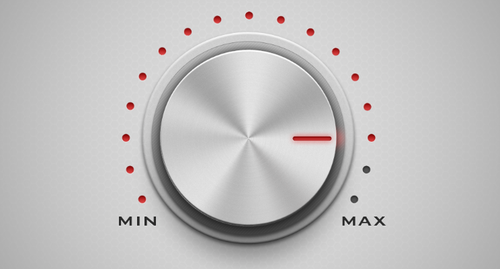Back in 2011, BJ Fogg and I came up with what we called “The Behavior Wizard” (great name, I know). It was based on our work on the “Behavior Grid”—which was a taxonomy of human behavior that we used to orient our thinking re: which behavior-change strategies would work best for specific types of behavior.
The idea went something like this: different behaviors are different. If you want someone to start a daily running habit, your behavior-change strategies are going to be quite distinct from those you’d use to get someone to sign up for your newsletter (a one-time conversion).
We couldn’t find a good taxonomy of behavior types, and we couldn’t find any good resources that talked specifically about which strategies worked best with the different types of behaviors we laid out, so we created our own system.
As you can see, the two axes of the Behavior Grid are:
- Duration (one time, for a period of time, from now on)
- Type
And the types of behaviors on the X-axis are:
- Green (new, unfamiliar behaviors)
- Blue (familiar behaviors)
- Purple (familiar behaviors that are increasing in “intensity”/frequency)
- Gray (familiar behaviors that are decreasing in “intensity”/frequency)
- Black (familiar behaviors that are stopping/have stopped)
In my experience, when most people think about “behavior change”, they think about *green* behaviors. That is, behaviors that are completely new. But, in actuality, most of what people do in life isn’t green, it’s blue (familiar) or purple (familiar and increasing in intensity/frequency).
Most of us fall into a fairly regular set of routines, and then spend a lot of our lives looking for more efficient (in terms of effort/time/money) ways of performing those routines.
Uber is just a cheaper and easier/faster way of getting a taxi (or, more abstractly, getting from point A to point B).
Google is just a cheaper and faster way of looking up information
Email is just a cheaper and faster way of sending a letter to someone.
Facebook is just a cheaper and faster way to share photos with your friends (and to send messages to friends).
Instacart is just an easier way to get groceries.
Netflix is an easier and faster way to rent movies.
You get the point.
Getting someone who doesn’t watch movies to suddenly start watching movies is unlikely to occur. They’ve probably tried watching movies at some point in the past and, for whatever reason, didn’t really like sitting down and paying attention to a single storyline for two hours. It’s just not their thing.
While it is possible to dramatically increase your chances of success in getting that person to form a wicked video-streaming habit by using behavioral science principles & research, the odds are still against you.
Which is why most applied behavioral science is, in practice, about getting people to do more of what they’re already doing and/or getting them to change the way they’re doing what they’re already doing.
It’s about getting people to eat even more vegetables, run more often, watch moremovies, purchase more stuff, and spend more time on Facebook etc.… or about getting people to switch their movie-watching from Netflix to your product, or to shift their purchase behavior from Amazon to Walmart ( ).
These are all examples of behavior-change, but they’re specific types of behavior change. They’re blue and purple behaviors—not green ones.
To tie this into yesterday’s email: they’re all examples of fitting into someone’s predispositions and either switching the way they do what they already do, or getting them to do more of what they already do.
This is why so much of our time as applied behavioral scientists is spent understanding people as they are. What are they currently doing? Which mental models are they using to operate within the world? How do they perceive grocery shopping (or whatever domain you’re problem-solving within)?
Only once you have a firm understanding of them as they currently are can you build an effective program to get them where you want them be—and you can’t have them take too many large leaps in the process.
To do this type of “current state” analysis effectively, it’s important to have a firm grasp of behavioral science. Why? Because we see the world through the concepts and frameworks we have in our head. Depending on what’s in our noggin, we’ll come up with different explanations for why we see what we see. And, in order to create a good program, you need to see the situation as clearly as possible–you need to have an accurate model of why people do what they do as your operating system.
I could write about this for another 30 minutes… but it’s approaching midnight and I’m tired.
Let me know if you want to hear more about this topic and I’ll write up more on it tomorrow.
Until then,
Jason





